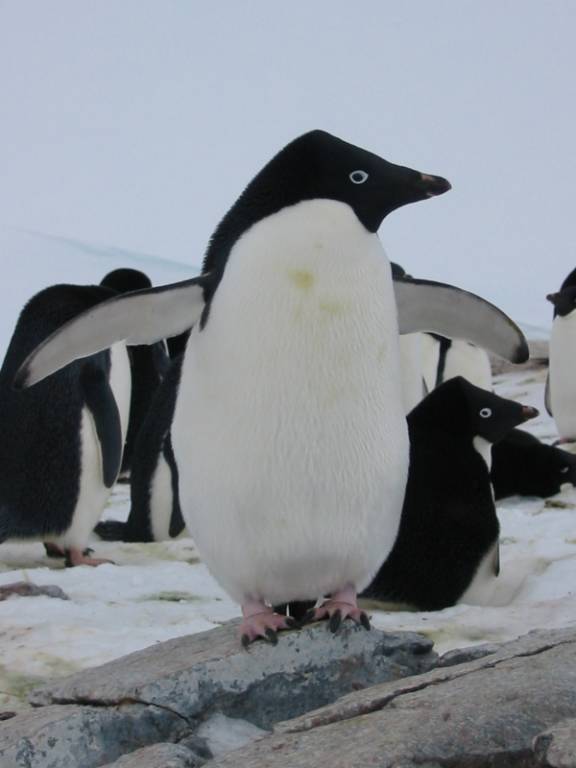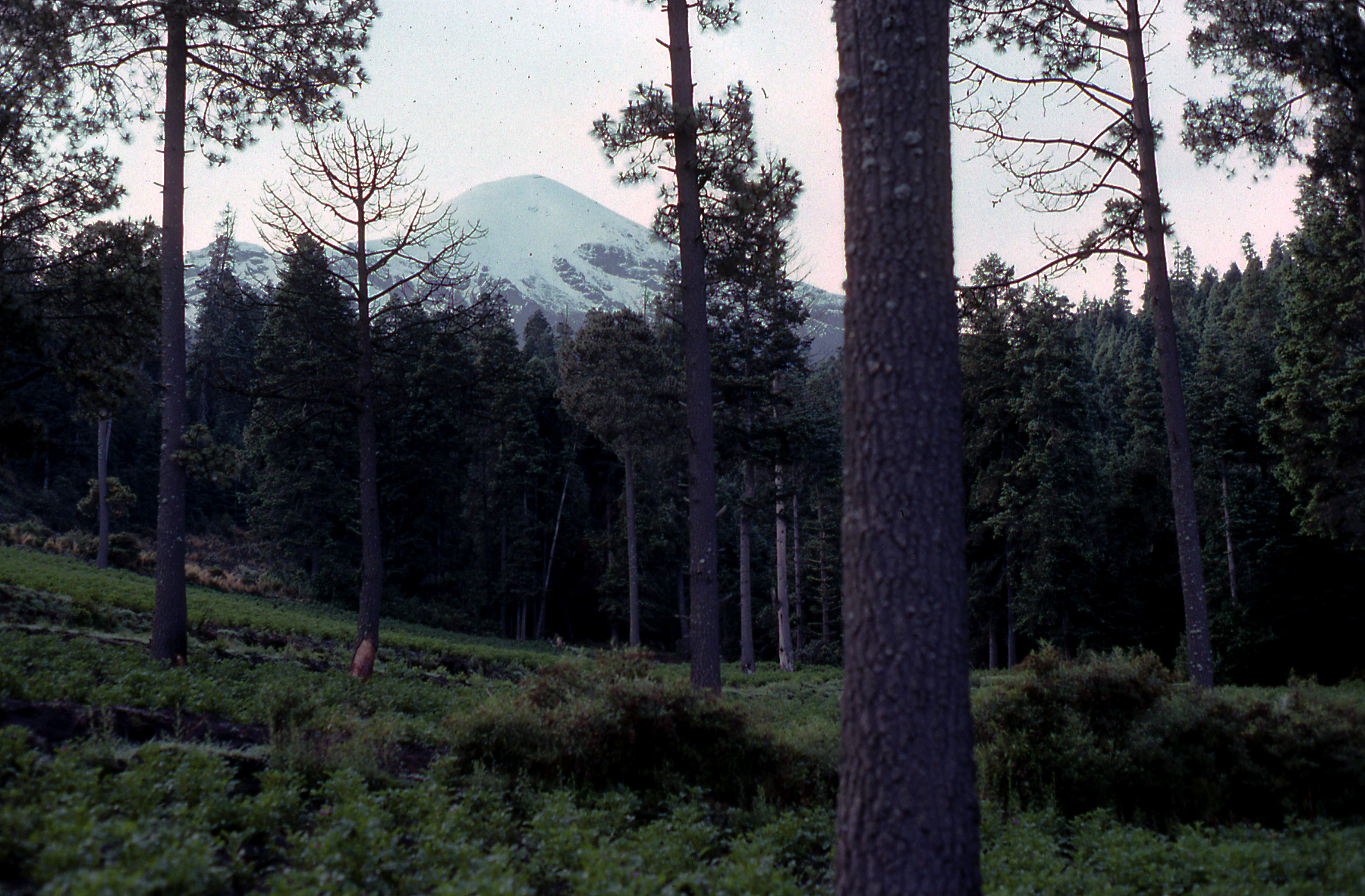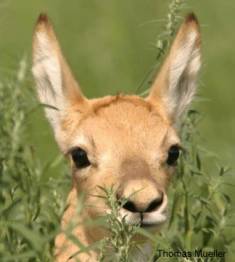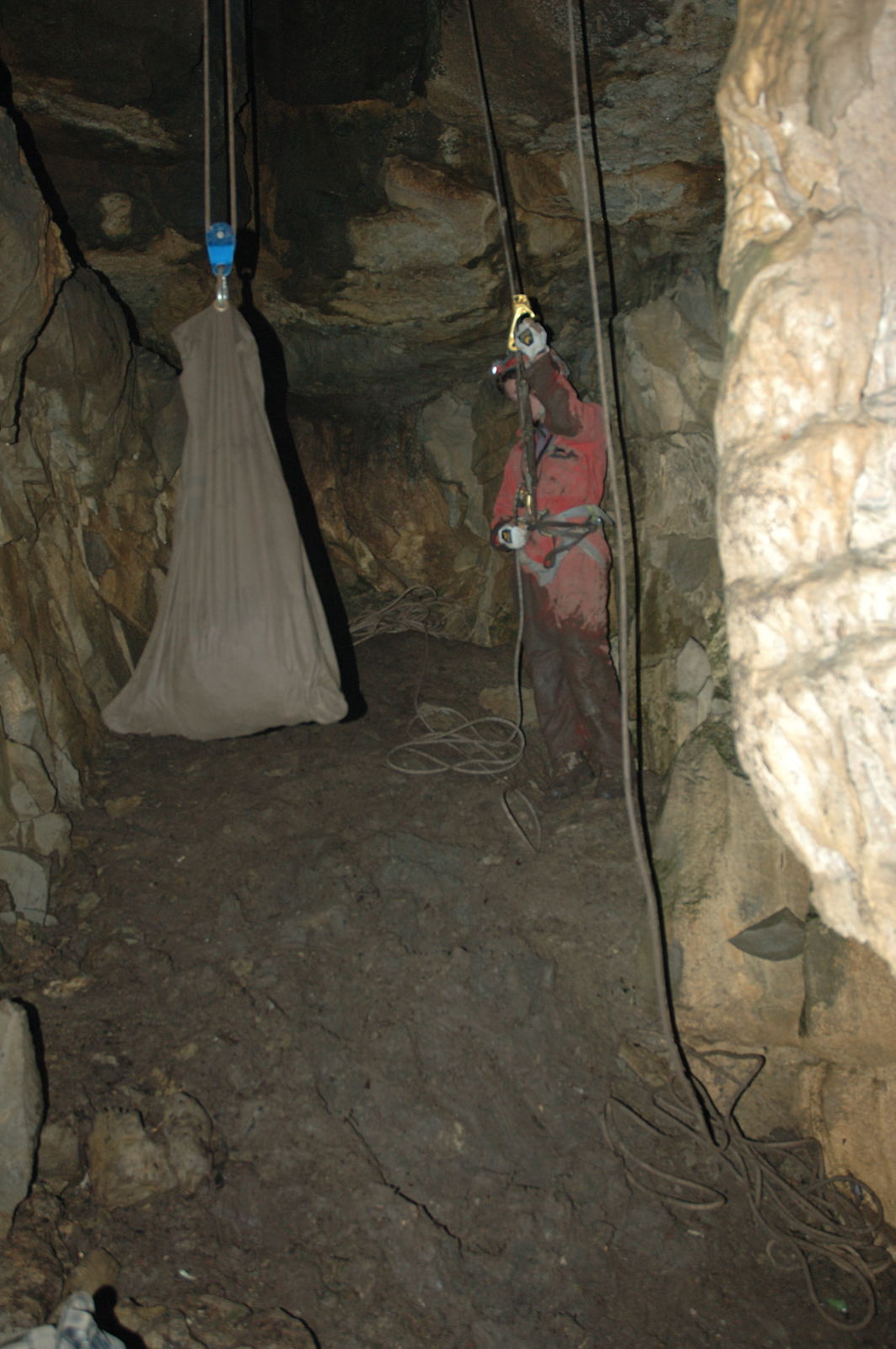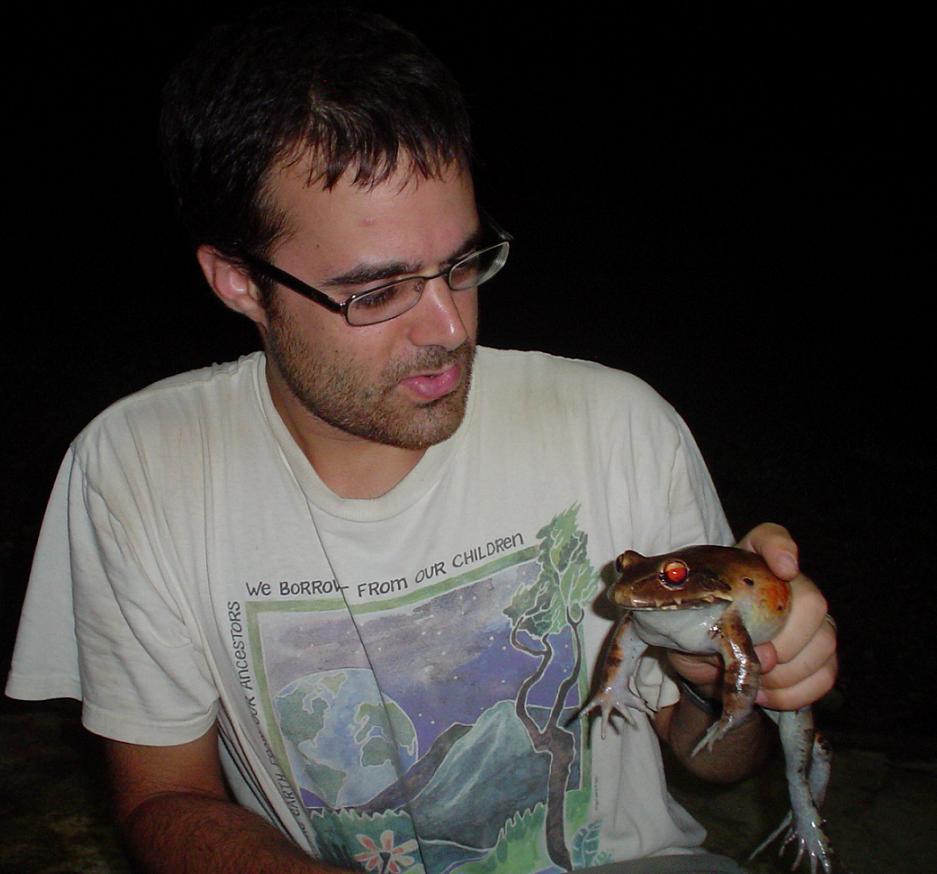Migration Ecology of Asian Houbara Bustards
The Asian Houbara Bustard, Chlamydotis macqueenii, is a partial migrant species whose range extends from the Middle East to Mongolia and China. The species is classified as Vulnerable (IUCN 2018) due mainly to overhunting and habitat loss or degradation.
In the last two decades, the International Fund for Houbara Conservation (IFHC), put tremendous efforts in research and conservation actions, such as captive breeding, reinforcement, hunting controls and creation of protected areas. However, these efforts are still geographically localised, and efficient conservation measures (ex- and in-situ) require a comprehensive approach that spans the species range and considers inter-population differences. A full understanding of houbara migratory behaviour remains elusive.
Migrant Asian Houbara breed mostly in Kazakhstan, Uzbekistan, Mongolia and China and winter in south central Asia and the Middle-East. Since 2005, more than 500 wild migrant houbara have been tracked using GPS-satellite telemetry. In our first inspection of houbara migration (Madon et al. in prep) we explored the variation of migration strategies between sex, age, season and geographical origin. Analyses revealed that departure for migration depends on age in the fall with juveniles being the first to leave, and on sex and age in the spring, with males departing earlier and juveniles later. Birds breeding at higher latitudes are the first to leave in the fall, are more likely to perform stopovers, and spend significantly longer periods at refuelling sites. Asian Houbara also appears to exhibit different strategies for spring and fall migrations, with spring migration taking significantly longer and featuring shorter, more frequent stopovers. Information on migration phenology is key for the IFHC conservation strategy because it informs the release timing of captive-bred birds, the imposition of hunting regulation, and other features. Juveniles initiate their first migration on their own, without following adults. Once mature, houbara then tend to be quite faithful to their breeding grounds, wintering grounds, and migration paths (Combreau et al. 2011). Individuals also display consistency in their timing of migration from year to year.
These results lead to the following questions: How do juveniles orient in their first fall migration and find wintering grounds? Do these first wintering grounds overlap for birds that originate from the same population such that there is migratory connectivity (Combreau et al. 2011)? How do experiences on the first migration shape timing and orientation strategies observed in adults?
These questions are fundamental for the success of the IFHC translocation program. Globally, translocations of captive bred animals are challenging, with translocated individuals having often lower performance than their wild counterparts in terms of survival, breeding, and movement abilities (Hardouin et al. 2015, Legouar et al. 2008, Mihoub et al. 2011, Imlay et al. 2010, Villier etal. 2010). However, release method (timing for example) may strongly influence demographics such as survival (Hardouin et al. 2014) and breeding performance of captive-bred individuals following release (Sarrazin et al. 1996, Bacon et al. 2018).
In the framework of the conservation reinforcement programme, it is crucial to understand how individuals migrate (in terms of timing, distances, flying and orientation behaviour) and to which extent this behaviour is influenced by environmental conditions early in life (first migration) and during individual life history.
